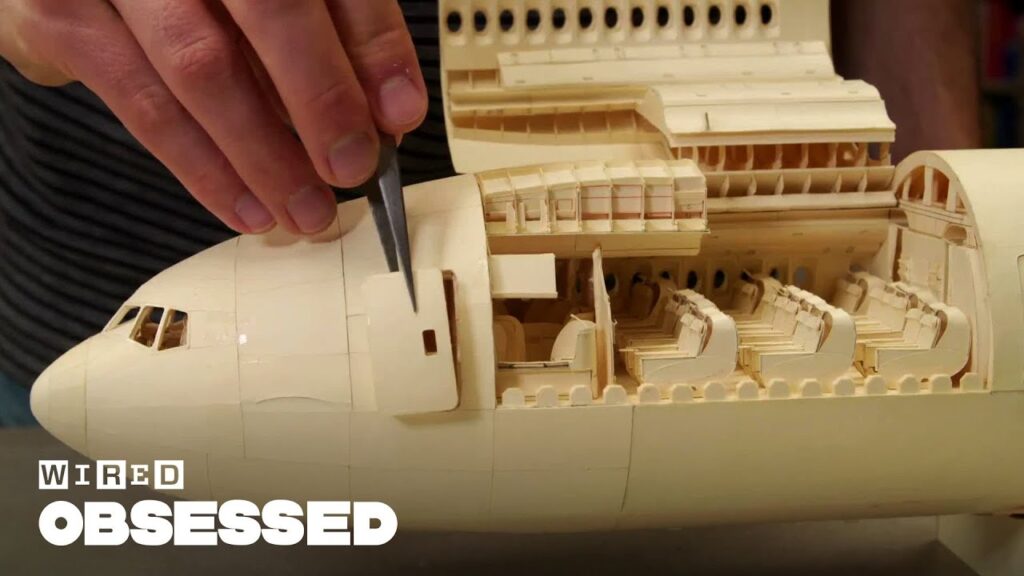The Future of VR: Exploring Possibilities and Limitations
Summary
John Carmac, Chief Technology Officer for Oculus, provides an insightful analysis of virtual reality (VR) technology. In this article, we explore the potential of VR, the challenges associated with improving its quality, and the need for creating positive user experiences. Additionally, we delve into creative storytelling possibilities and technical limitations. Finally, the article highlights some of the speaker’s predictions about how micro gestures and facial reactions will impact the VR industry, as well as his expectations for significant technological advancements in the next five years.
Table of Contents
- The Baseline of Virtual Reality
- The Trade-Offs of VR Development
- The Challenges of Creating Positive User Experiences
- The Future of VR Technology
- Conclusion
The Baseline of Virtual Reality
The concept of virtual reality (VR) is simple – it’s a technology that creates a sense of presence in a digital environment, much like being inside a video game. VR systems use two different images displayed to each eye to create depth, as well as focusing on details where the user is looking to enhance the experience. However, latency – or the time delay between different points in the system – can cause motion sickness. There is still work to be done on VR to make it as realistic as possible, but it is still a popular and versatile technology that can be used for many purposes.
The Trade-Offs of VR Development
One of the major challenges facing developers is finding the right trade-offs between different aspects of VR development. For example, increasing image quality can require more processing power, which can lead to a worse user experience due to the latency. Additionally, making VR lighter, cheaper and more comfortable requires significant compromises to be made. The speaker notes that while haptic feedback – the sense of touch – is still an area of challenge, using audio technology can create immersive experiences without the need for complex 3D models.
The Challenges of Creating Positive User Experiences
Carmac stresses the importance of creating positive user experiences in VR. Users need to feel comfortable in the virtual environment, and the experience needs to be enjoyable to make VR a viable technology for the masses. Aspects such as lighting, sound, and user interface design all play a major role in creating a convincing and enjoyable VR experience. In some cases, there may be trade-offs between aspects that create a realistic experience and those that create an enjoyable one, so careful consideration is necessary.
The Future of VR Technology
The speaker predicts that micro gestures and facial reactions will provide incredibly rewarding experiences for VR users. Improvements in technology will make it possible to create more realistic representations of humans in VR, opening doors for creative storytelling possibilities. Furthermore, machine learning can be used to create more believable social interactions in VR. The industry is still in its early stages, but significant advancements are expected in the next five years. The challenge will be to find ways to make VR lighter, cheaper, and more comfortable, while still keeping a good balance between a realistic and enjoyable user experience.
Conclusion
Virtual reality has the potential to change how we interact with digital environments. Carmac’s insights into VR technology show that while there are still significant challenges ahead, the possibilities for creating immersive and rewarding experiences are plentiful. As technology advances, it will be exciting to see how VR experiences will continue to improve and what creative possibilities lie ahead.







